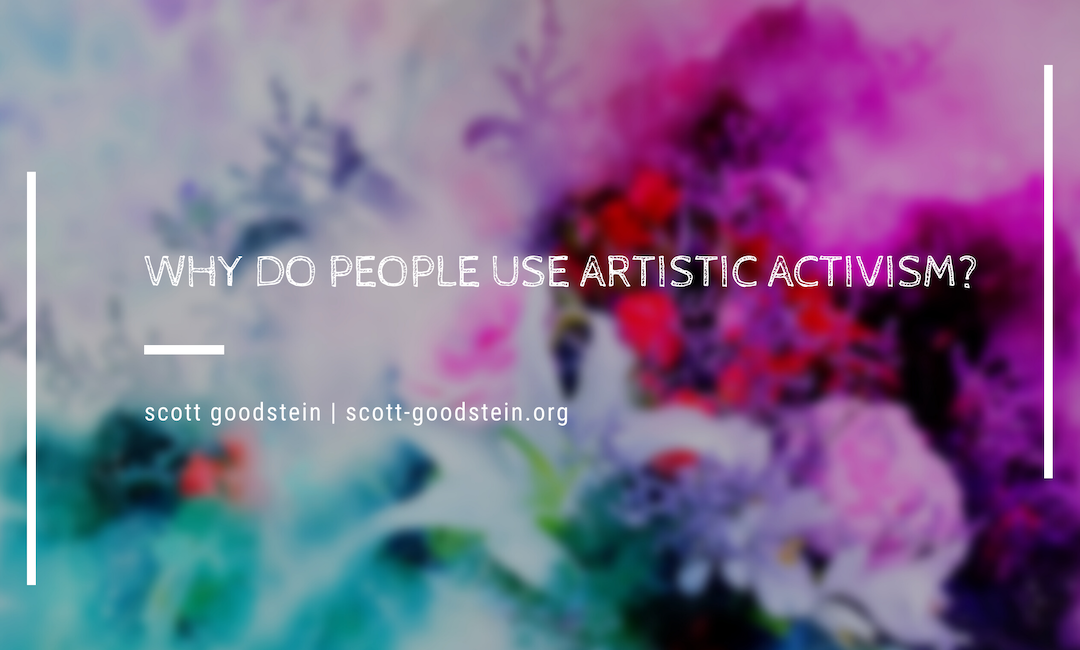There are many forms of activism that people can take part in. Some people protest in the streets, while others write about it on their social media profiles. Others still write articles for journalistic papers, and some go into politics themselves to bring about change. On the other hand, artists can use their talent and participate in artistic activism—using their art to create a powerful piece that motivates people emotionally to bring about social change.
The purpose of artistic activism is to move people in the heart, body, and soul. Activism, in general, has a more clear-cut goal behind it, while art is normally consumed through perception. Many meanings can be derived from a piece of art depending on a person’s life experiences, moral viewpoints, personality, and more. Activism has a clear purpose and goal that leaves little room for interpretation.
Though these two seem opposite, art is essential to activism. Social change cannot be forced through sheer willpower; it’s something that happens over time, typically due to being moved emotionally by powerful stimuli. Artistic activism aims to be that powerful stimuli—its purpose is to move others toward social change through the words and images created by the artists themselves. This art is aimed at resonating with emotional experiences to shift changes in power.
Artistic activism has been used constantly throughout history. It’s nothing new or caused by any one event—people have always used art to convey emotion and advocate for social change. In fact, the most effective civic actors have used the arts in their campaigns for social change, using it to provide a critical perspective on the world and show what the world could be, should people follow through with their change.
Art that is created for this type of activism doesn’t conform to expectations: it’s meant to surprise people. Pieces of art show up in unexpected places or take shape differently than expected to disrupt the status quo. Protest is more than a march in the street, much like art belongs in places beyond a museum. Challenging these predetermined ideas creates the opportunity for discussion and can touch a person’s heart easier than expectations would.
Perhaps, more importantly, is the accessibility found in artistic activism. From the most politically active person to the person who stays out of politics, everyone expresses themselves through some form of art. No matter their walk in life, people can show what they believe in through the creativity found in each person. Art lets local people show their culture in a way that a march simply cannot.
In short, artistic activism is crucial to any type of social change. No matter the beliefs, anyone can use art to try and invoke an emotional response from those surrounding them and change as a result. Though it’s not standing up at a podium delivering a speech, to denounce the role art has in activism is to denounce an entire subset of people who are looking for change just as much as those who make activism their career.

